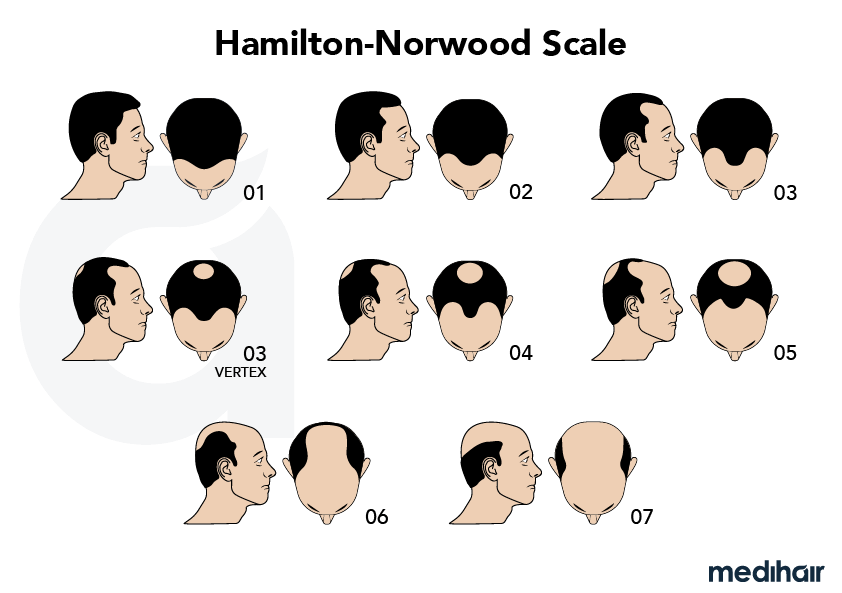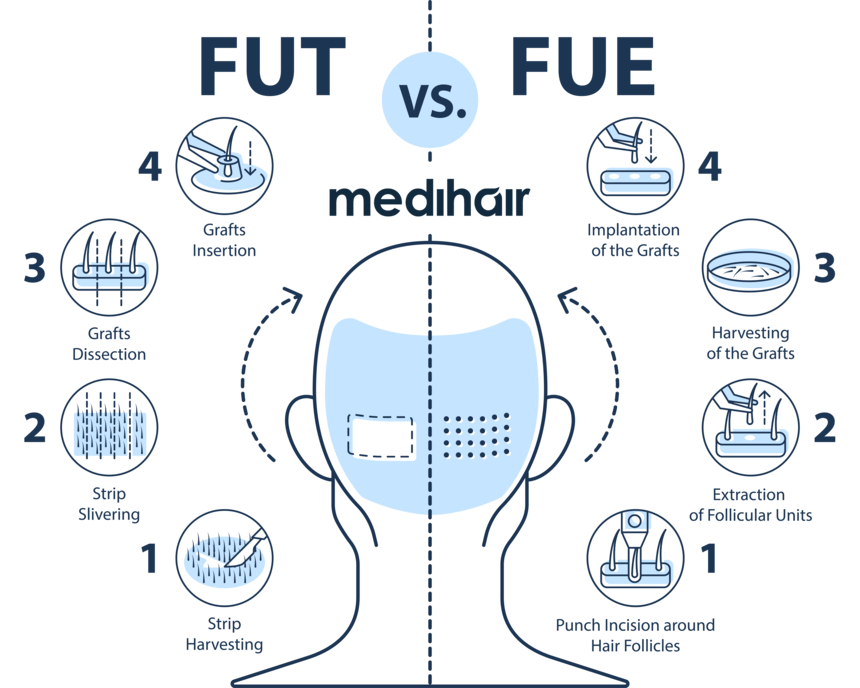Mature Hairline Guide

Losing hair is a natural part of the aging process, especially for men who tend to experience a recession in their hairlines. Hence, a sparse hairline is not always an indication of impending hair loss and baldness. Read on to learn all you need to know about the maturing hairline including identifying characteristics, causes, treatments, and more.
In a Nutshell
| Age | Between 17 to 30 years of age |
| Hairline maturing | Mature Hairline Test, Widow Peak Test |
| Shapes | Widow’s Peak, V-Shaped, M-Shaped |
| Hairstyles | Buzz cut, Crew cut, Ivy League |
| Hair transplant | FUE, DHI, FUT |
| Hair loss treatments | Finasteride, Minoxidil |
| Maturing Hairline | Receding Hairline |
|---|---|
| Hair loss speed: Slowly, over a large time period, typically between ages 17 to 30 | Hair loss speed: Fast, typically at a very young age |
| Hairline: Hairline retreats slowly from the temples, the retreat is moderate and not more than 1 to 1.5 inches above your highest forehead wrinkle | Hairline: The hairline recedes rapidly beyond 1.5 inches from the temples, forehead, and in some cases, the crown |
| Symptoms: Aging | Symptoms: Male pattern baldness, AGA, traction alopecia, and other conditions |
- Free
- Fast
- Non-binding
Frequently Asked Questions
What is the difference between a maturing and a receding hairline?
When does your hairline mature?
Is my maturing hairline normal?
What can I do against a mature hairline?
Sources


